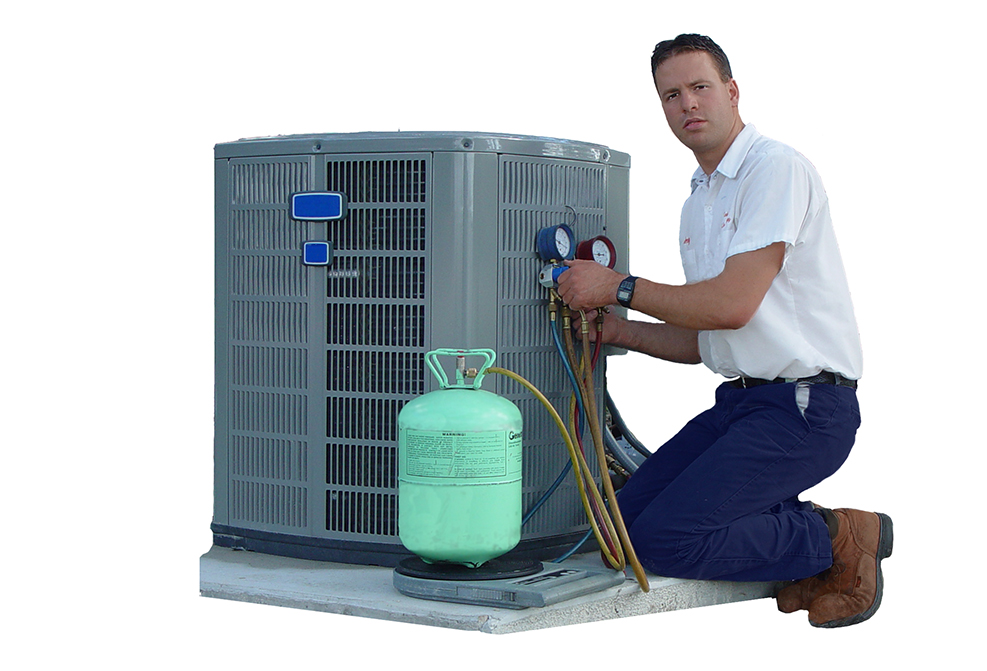
A/C Services
Whether you’re looking for preventative HVAC maintenance, a repair, or a full unit replacement, we can help!
- A/C Repairs
- Ductless A/C
- A/C Installation
- A/C Details
- A/C Emergencies
- A/C Services

Heating Services
When it comes to heating services, our Palm Coast HVAC company goes above and beyond to guarantee that your home is always at your ideal temperature.
- Heating Repairs
- Electric Heating
- Heating Installs
- Gas Furnace
- Heating Emergencies
- Heating Services

